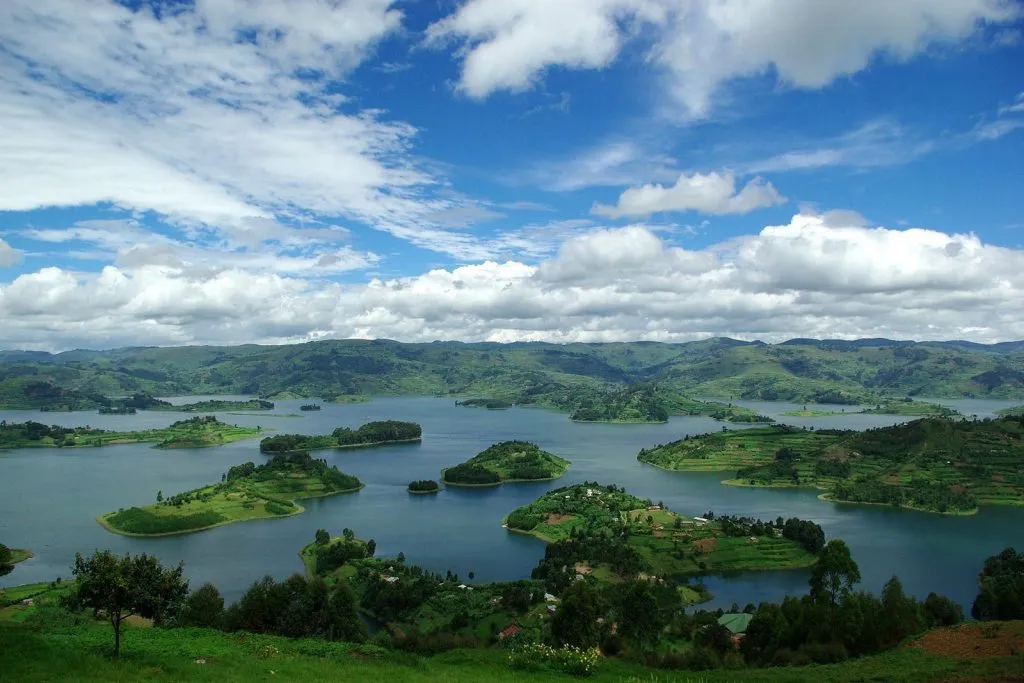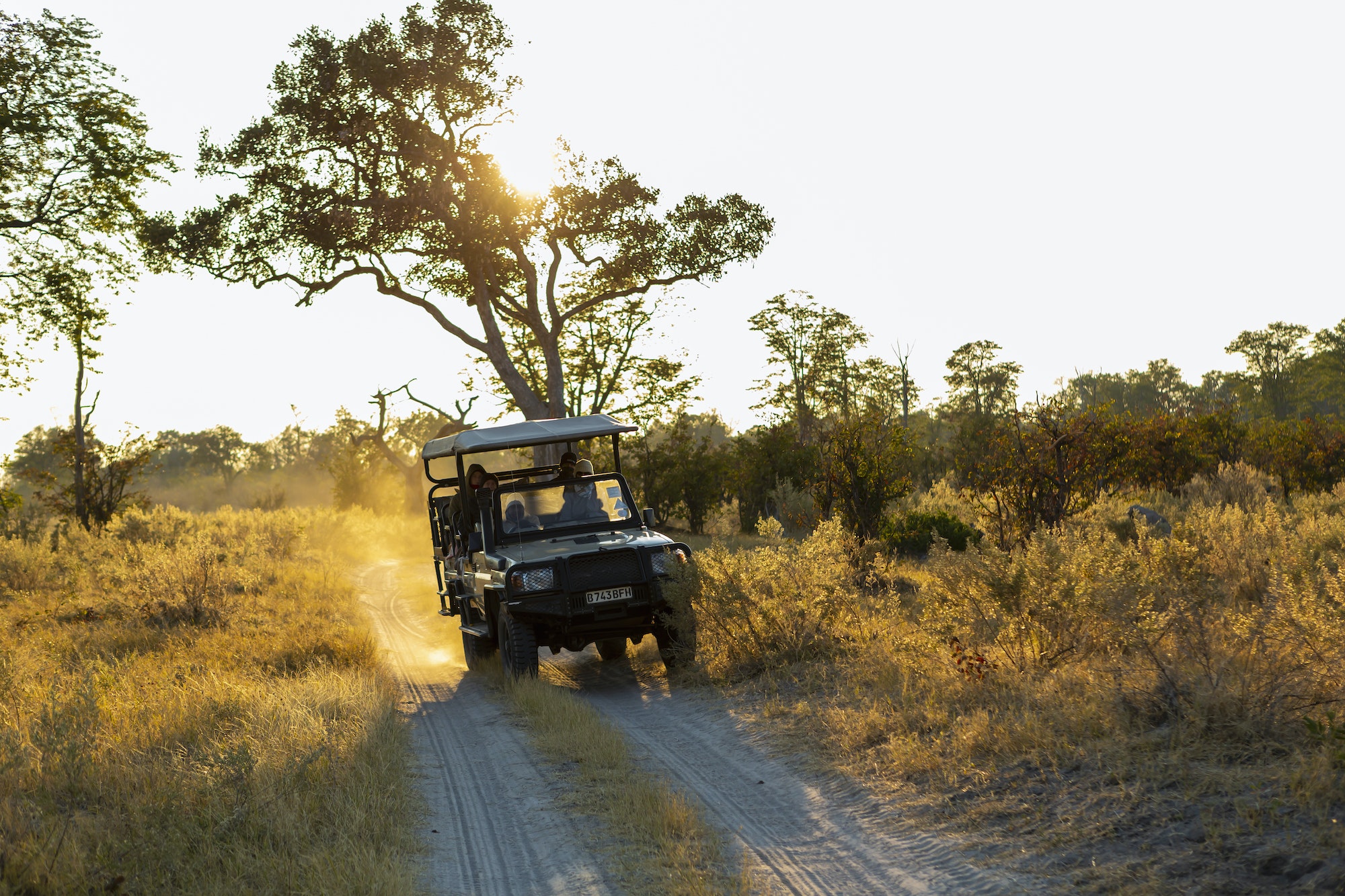How To Get To Lake Bunyonyi : Lake Bunyonyi is located in the Southwestern region of Uganda in Kabale district near the border of Rwanda. This lake is one of the most stunning lakes in Uganda and it considered deepest lake in Africa.
Hence it is always commonly referred to as a place of little birds making it well known as one of the top birding destinations in the country and a also a good tourist destination for honeymooners and other individuals looking for a perfect place to relax from away from the noise as you enjoy the breathe taking atmosphere of a cool breeze and good climate. More so, there are so many attractions which lead tourists to travel from all over many parts of the world such as; 29 islands such as; Njuyeera, Bwama, Bushara, the Akampene which is also known as the punishment island which is the most visited due to its history and many others. and there are so many activities that tourists can participate in their free time during their stay at the lake and some of these include; swimming, chilling and relaxing, canoeing, island hopping, community visits where they get to interact with the local people and learn more about their culture and lifestyle and also to meet with the Batwa people, guided nature walks through the bamboo forest where they are always accompanied with a guide who leads them through different trails, mountain biking, visiting the local markets where they buy materials, hiking, Bird watching which is commonly attractive and done activity on the lake and many others.
How to get Lake Bunyonyi.
For tourists planning to travel to Lake Bunyonyi in Uganda can opt to use road transport means and take a drive of about 8-9 hours from Kampala to Kabale and then it will take them about 20 to 30 minutes from Kabale town to be able to access the lake. In addition, for those individuals from Rwanda it will only take them about a 3 hours’ drive to access the lake because this lake is situated a few kilometers away from the border of Rwanda.
Where to stay in Lake Bunyonyi.
While touring and exploring on Lake Bunyonyi, there are many accommodation facilities where tourists can choose to have their stay after a long tiring day. however, it is noted that these accommodation facilities that are always available for their guests are ranged and put in different classes such as; budget, mid-range and luxury hence giving tourists opportunities to decide on where they would prefer to stay according their preferences and also where it matches with their budget. more so, visitors are encouraged not to worry but be ready to planning on having a good time during their stay at these lodging facilities because they all offer good services to their guests such as; a 24 hour room service which always enables guests to get attended to at any time they are in need of something, a 24 hour tight security which enables guests to stay without being worried of anything, good restaurants that have well experienced chefs and waiters who normally serve free breakfast within the rooms and good delicious dishes for dinner and lunch that are always local or international therefore giving a chance to guests to eat according to what they prefer. More so, there is free parking offered to those individuals who come through driving their own cars, free WI-FI that is always available hence helping guests to maintain clear communications with their people back at home, and free laundry and ironing services among others.
Therefore, here are some of the lodging facilities where tourists can have their stay. And these include; Lake Bunion Overland resort, Byoona Amagara is a hotel that is constructed on Itambira island, Arcadia cottages, the Africa explorer eco village, Lost paradise beach hotel, Lake Bunyonyi Eco resort which is situated in the forested area which gives guests a good feeling being surrounded by nature, Bugombe island gateway, Bunyonyi view resort which is known to be one of the cheapest lodge around the lake, Upendo guest house, bushara island camp which is situated on the private land of Bushara Island, Crater bay cottages and camp and it was constructed in Bufuka village along the shores of the lake, Amasiko homestay which is built on the peninsula and guests there always capture classic views of the lake, bird nest lodge which contains of single and double rooms and it is considered to be one of the high end accommodation facility found around the lake compared to many others, Edirisa lodge which is known to be internationally owned and ranged as a luxury accommodation facility and provides its guests with a true African experience and many others.
Contact our trusted tour operators in case of more information about how one can be able to access Lake Bunyonyi and Book with our tours and travel companies




